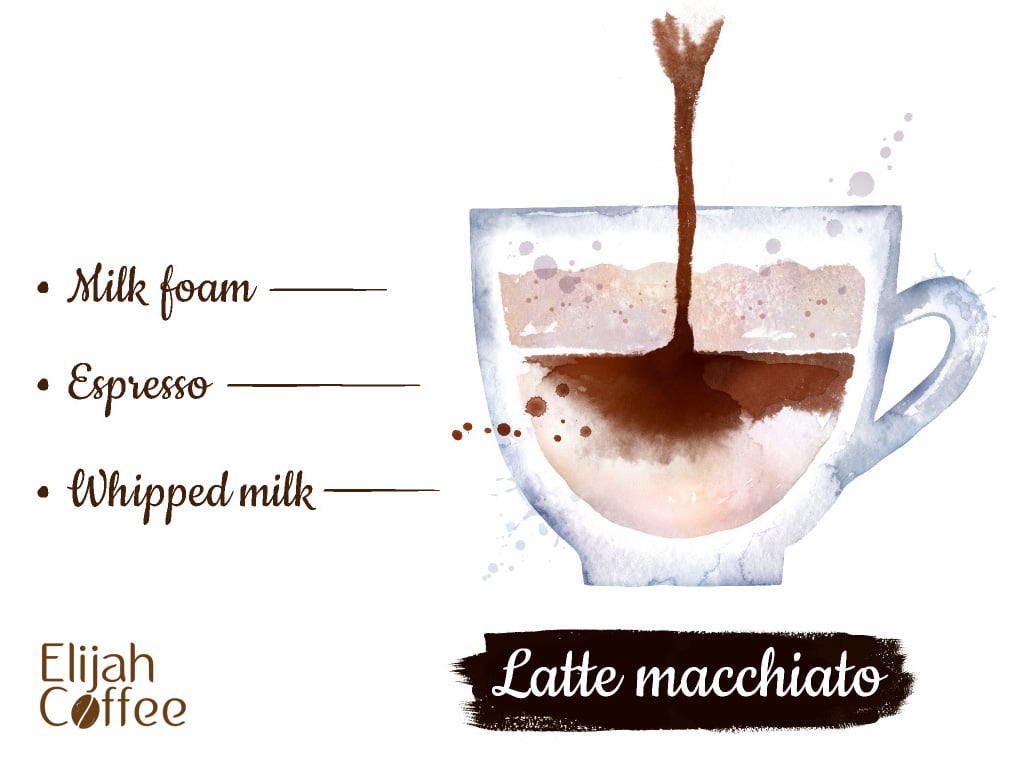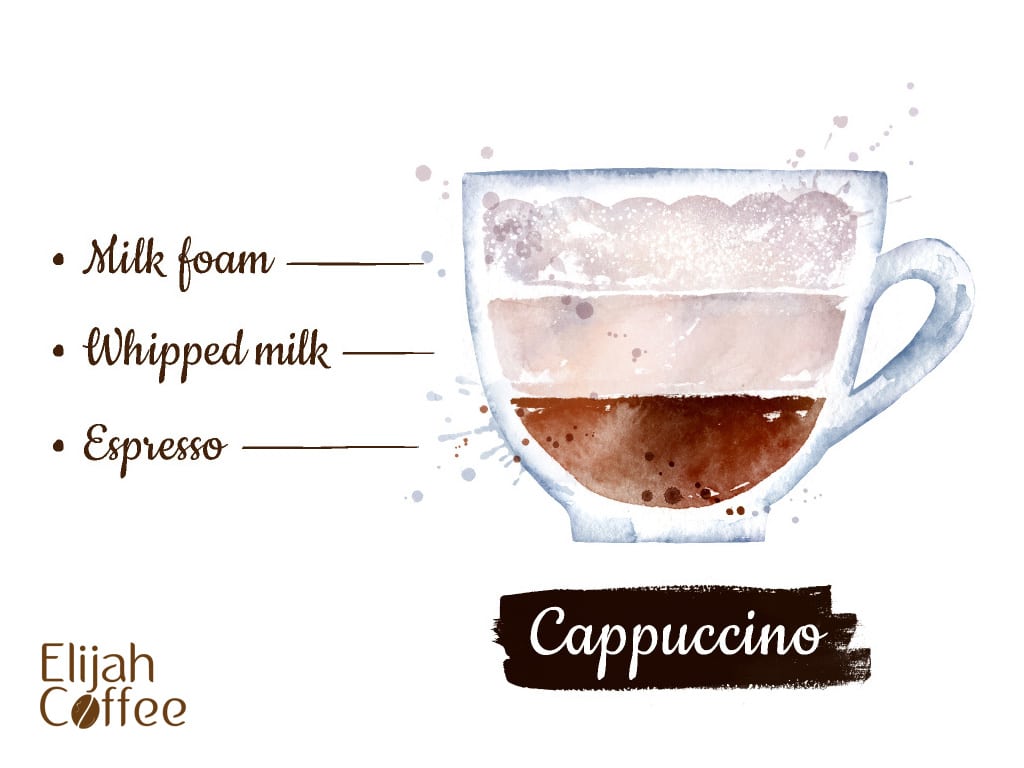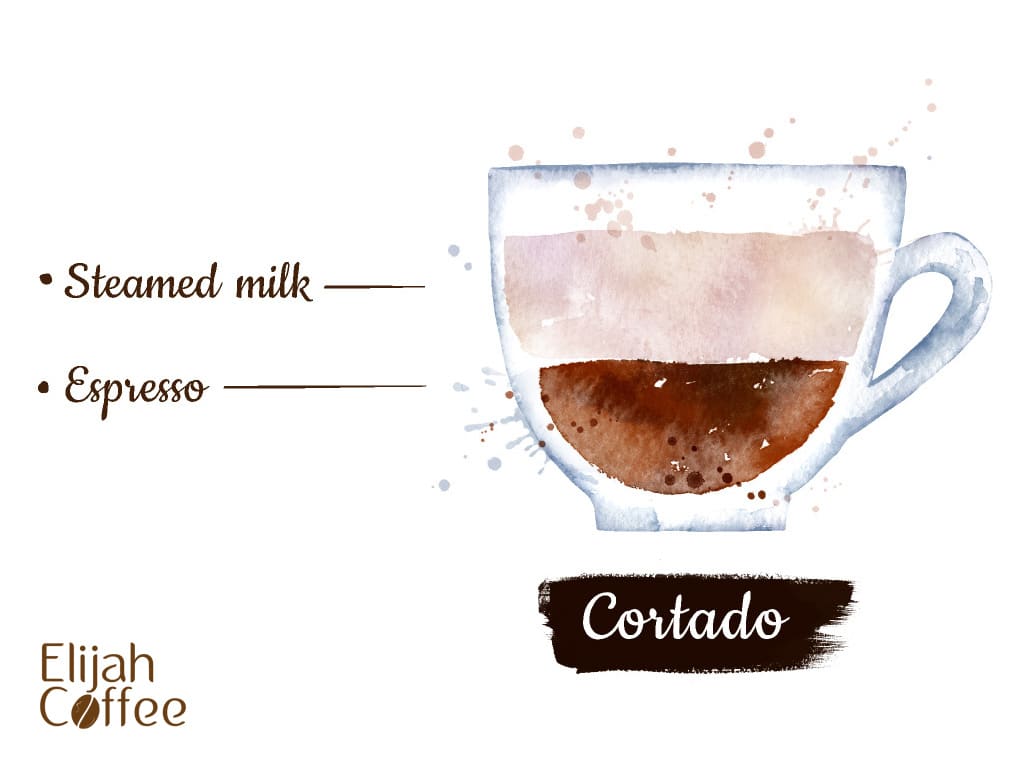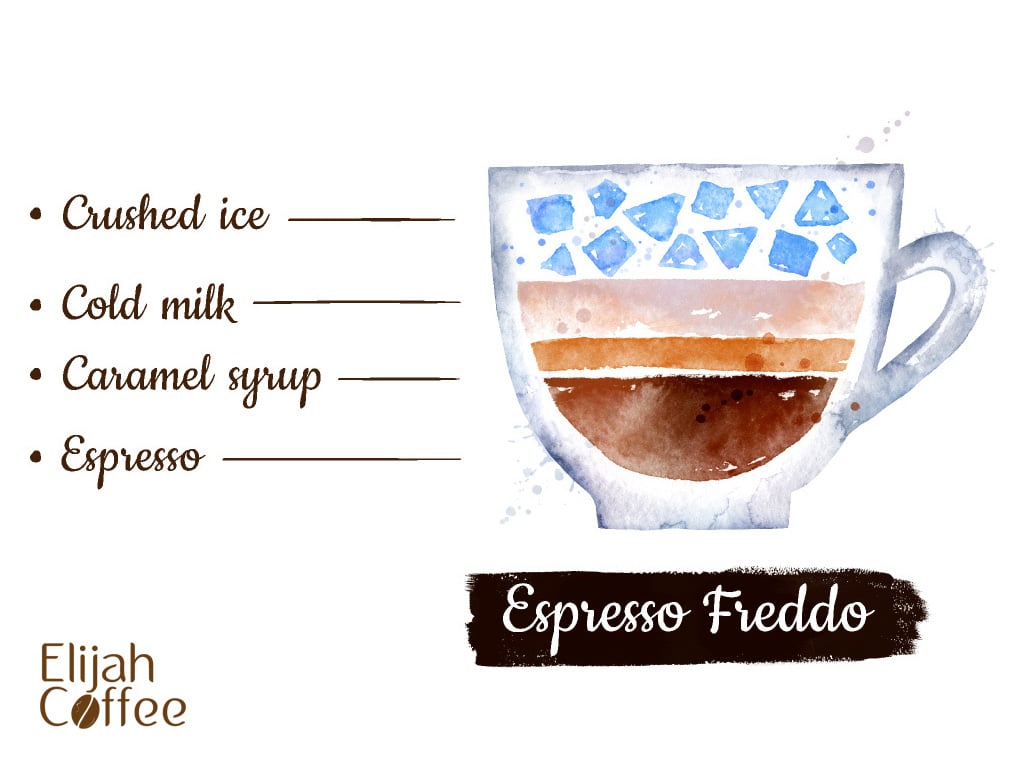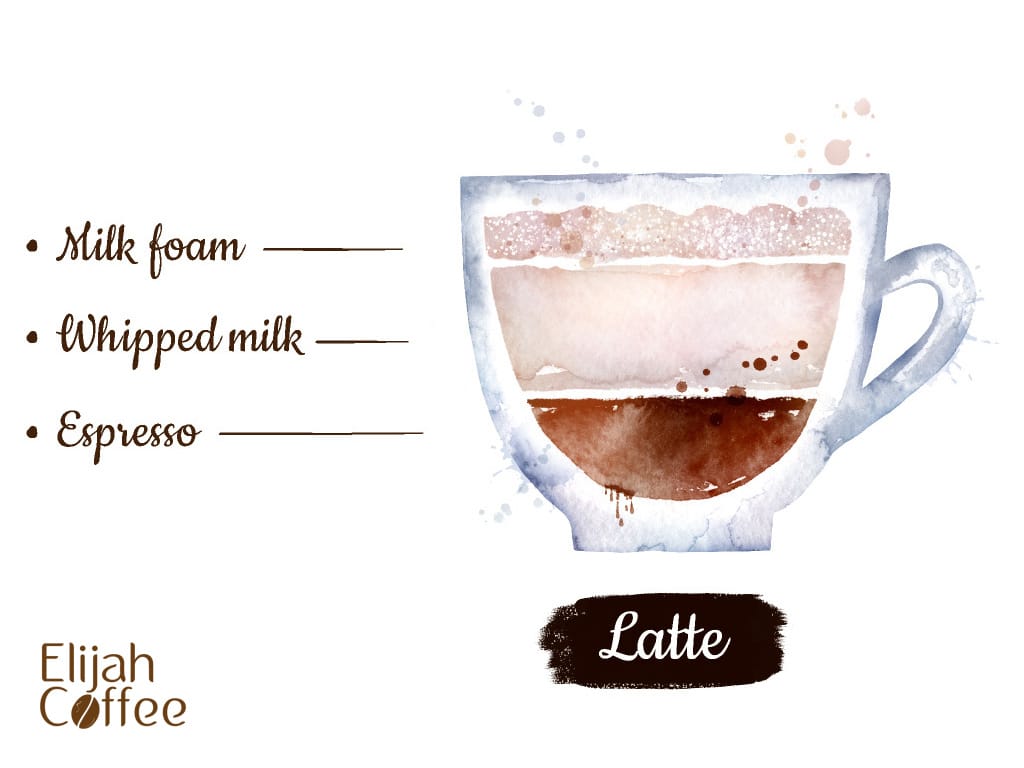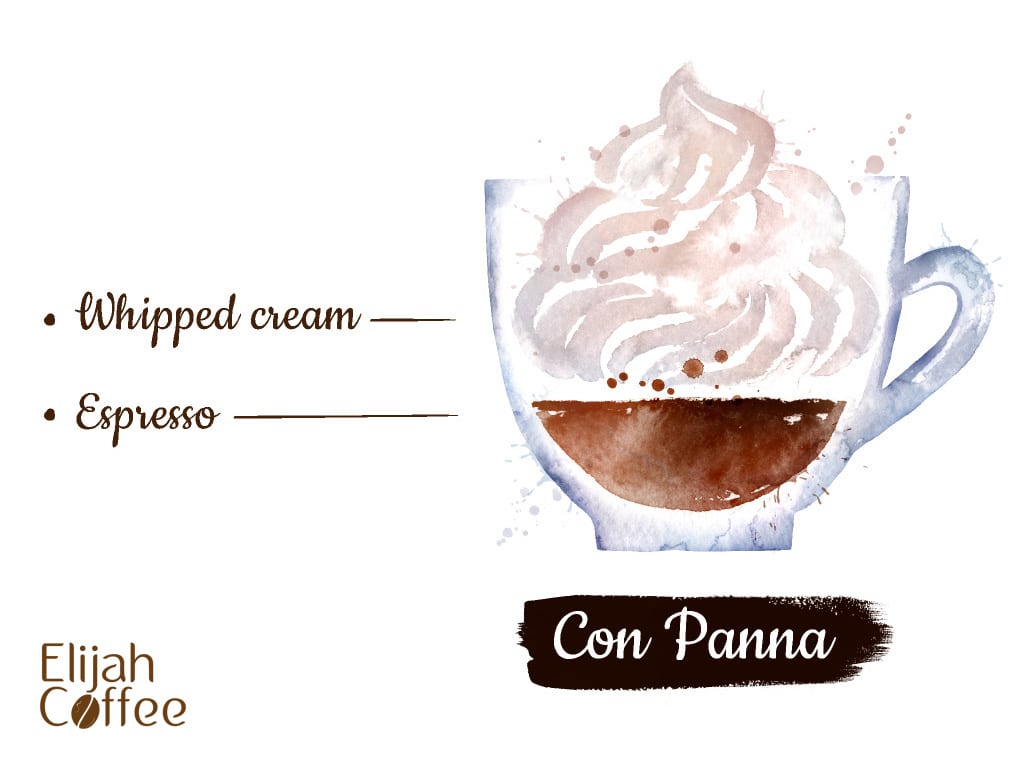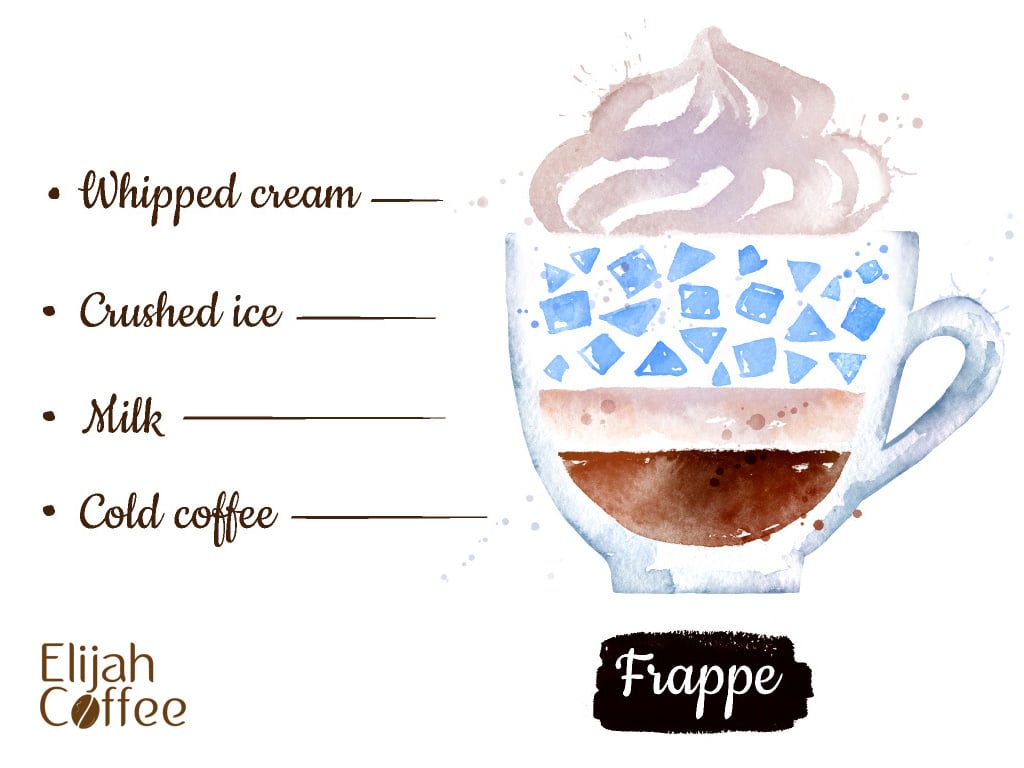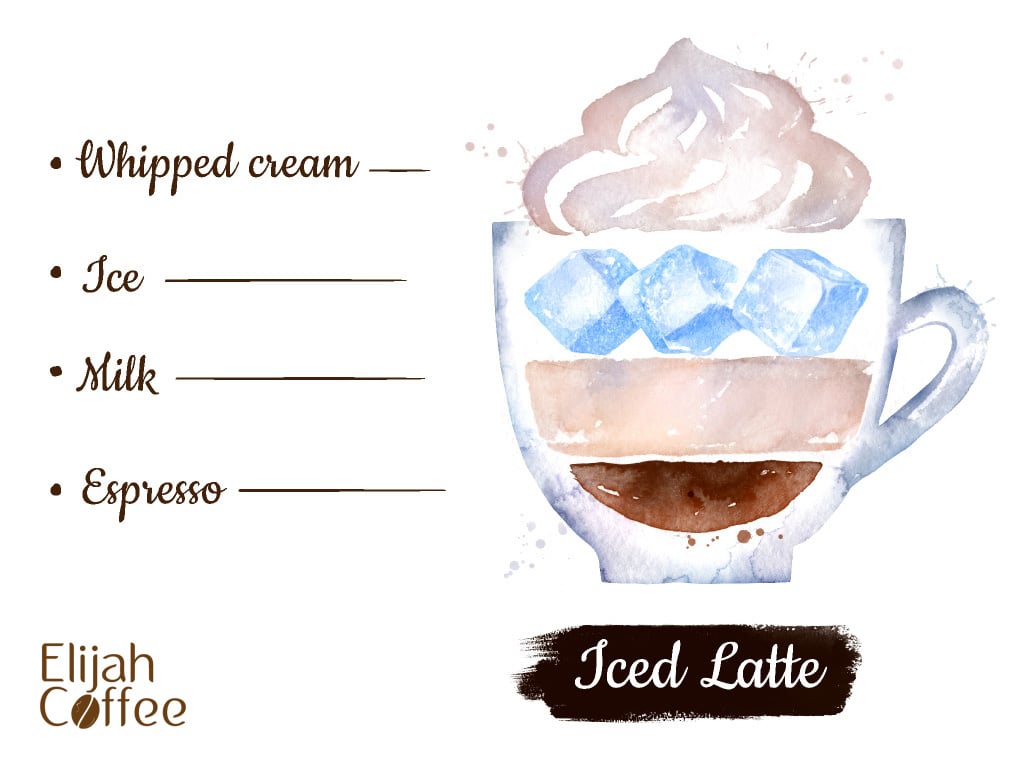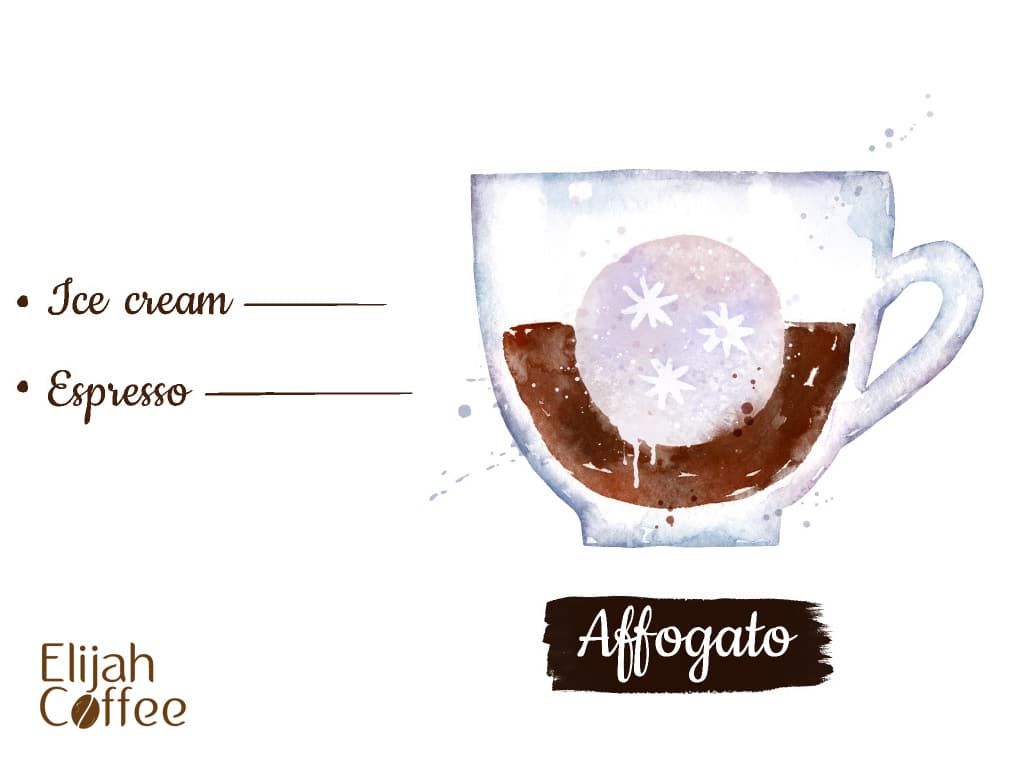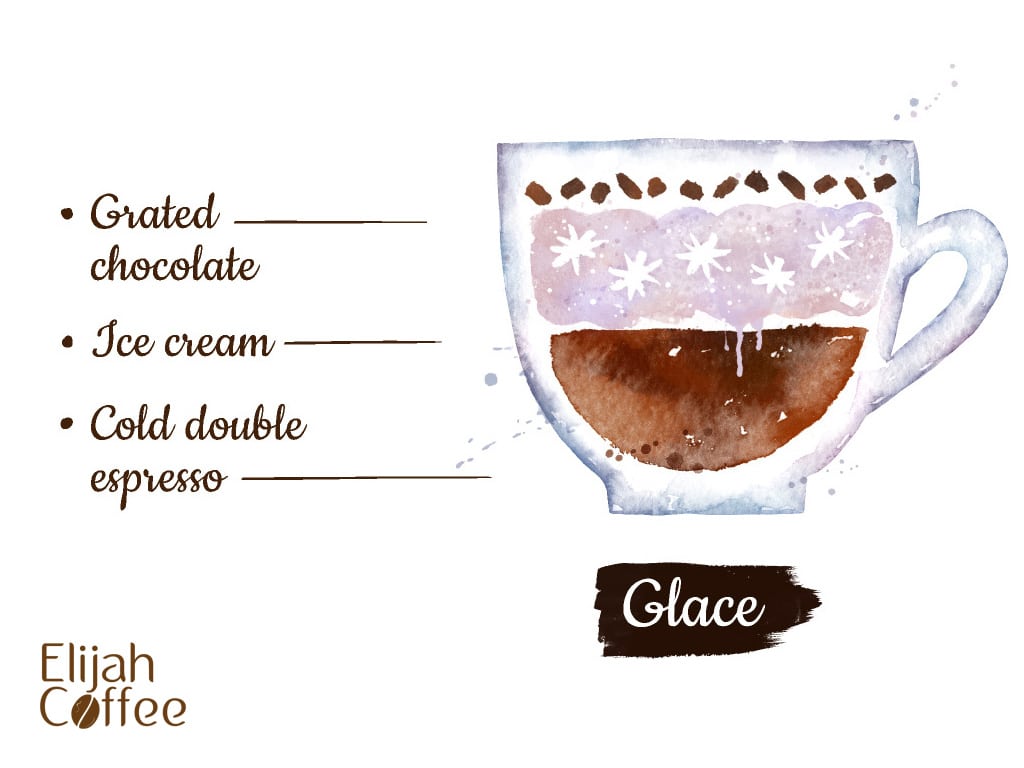That sludge in your cup can be a result of several factors such as how the coffee beans were ground, the quality of the coffee beans, or the device you used to brew the coffee.
Personally, I didn’t really notice any sludge in my coffee cup until I recently tried a new coffee brand. After making a couple batches of coffee in my French press, it became clear that something was not quite right: The amount of sludge was unbearable.
So, of course I went to the internet to investigate.
During my investigation, I not only discovered some of the main causes of coffee sludge but also some easy fixes. If you, too, have been experiencing an unfortunate amount of sludge in your coffee as of late, then I’d highly recommend reading on.
What is Coffee Sludge?
Coffee sludge is sometimes confused with coffee sediment, but there is a difference between the two.
While sediment is typically the result of tiny granules of ground coffee escaping your coffee device’s filtering system, sludge occurs when those granules dissolve and settle to the bottom of your cup as an oily substance.
In other words, sludge results from sediment.
The Causes of Coffee Sludge
Coffee sludge can result from a variety of factors, so you may need to use process of elimination to determine what exactly is creating that sludge in the bottom of your cup.
I only began noticing coffee sludge once I started using a new brand of coffee, so it made the most sense for me to start my investigation with the brand of coffee.
Other common causes of coffee sludge are poorly ground coffee, low quality coffee beans, the method of roasting the coffee beans, the water used in the coffee, the coffee device itself, and the type of filter your device takes.
However, there are simple fixes for coffee sludge.
How to Eliminate Coffee Sludge
Because I realized that the sludge only appeared in my coffee cup after I started using a new brand of coffee, my fix was simple: I changed coffee brands. In fact, changing coffee brands is a good starting point for most sludge issues.
Other issues might be fixed by cleaning your coffee maker, putting in a new filter, or swapping out an old coffee maker for a new one.
For instance, let’s say you see sludge in your coffee every time you use your French press regardless of how well the coffee beans are ground or how high quality the beans are. This means that the issue might be your French press. Unfortunately, many coffee devices with metal filters—like French presses—have issues with sediment and sludge.
You could simply swap out the filter on the French press, or maybe it’s time for a new coffee maker altogether.







